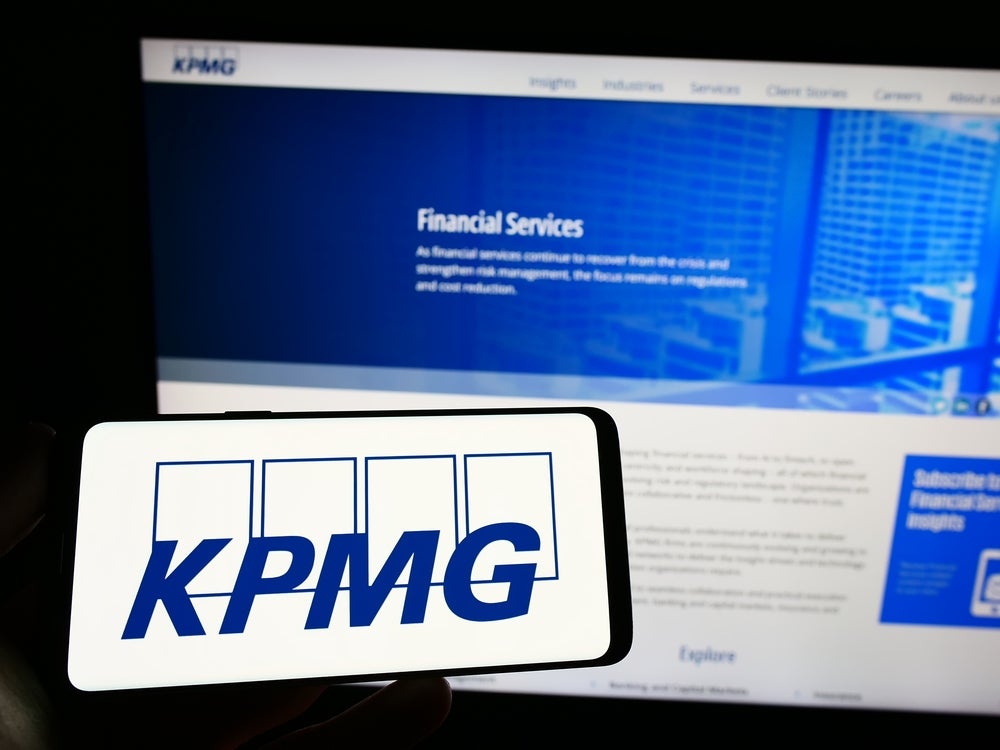More than one-in-four UK bank branches (26.3%) have been shuttered in the past five years and the new year has kicked off with more of the same.
HSBC, TSB and Clydesdale/Yorkshire have all announced fresh branch closure programmes, resulting in total UK branch numbers set to fall below 8,000 in 2017 from over 11,000 in 2011.
Ranked by brand, Barclays retains the largest presence on the high street, starting 2017 with 1,309 outlets, down a net 424 units or 24% since 2011.
HSBC has been the most aggressive branch closure of the big 5 banks, down from 1,286 in 2011 to 728 with plans announced to shrink its network to 625 during 2017 meaning a reduction of 51% in its branch numbers in the past five years.
Santander (down from 1,177 to 841) has reduced its network by 28%.

How well do you really know your competitors?
Access the most comprehensive Company Profiles on the market, powered by GlobalData. Save hours of research. Gain competitive edge.

Thank you!
Your download email will arrive shortly
Not ready to buy yet? Download a free sample
We are confident about the unique quality of our Company Profiles. However, we want you to make the most beneficial decision for your business, so we offer a free sample that you can download by submitting the below form
By GlobalDataOf the Big Five banking groups, the UK’s largest retail bank by market share, Lloyds Banking Group, has been slower off the mark in axing branches.
Only 12% of Lloyds-branded branches have closed since 2011 (down from 1,302 to 1,140) while challenger brand Halifax has only inched down a net five outlets to 657 units. North of the border, Bank of Scotland has closed less than one in five units (from 295 to 241).
Arguably, Royal Bank of Scotland faces the biggest branch headache in the light of its failure to hive off the Williams & Glyn business unit of 300 RBS branded branches in England and Wales.
It has successfully downsized the NatWest footprint to 1,058 from over 1,500 and in Scotland reduced the RBS network to below 200 from 336.
A total current network across the two RBS brands of over 1,500 seems implausibly large, given the bank’s current ambitions.

Of the challengers, TSB will have closed only 10% of the branches carved out of Lloyds TSB by later this year while the largest mutual Nationwide is down only a net 20 units to 691 since 2011.
By contrast, CYBG has accelerated its closure programme since gaining its independence from National Australia Bank.
Clydesdale branded branches, currently totalling 111 will reduce to 71 later this year, down from 152 five years ago; sister brand Yorkshire will reduce to 99 in 2017 from a current 137 and 178 in 2011.
In percentage terms, the beleaguered Co-operative Bank has been the most aggressive closing more than 7 in 10 branches, shrinking from 354 to 105 units.
Bucking the trend, Sweden’s Handelsbanken has doubled its footprint to 207 branches while Metro Bank is on target to reach 58 stores by the end of 2017; it remains committed to the store format and is aiming to reach 100 by 2020.
Looking ahead over the next five years, Lloyds Banking Group’s 2,038 branch network across its three high street brands offers considerable scope for rationalisation. Its ongoing successful drive for digital channel growth – 12.5 million active online customers, 2 billion online log-ins in 2016 – will be used to justify further channel optimisation.
Release of Lloyds 2016 results contained a number of interesting digital metrics: both evidence of success and scope for further improvement.
Only 37% of LBG total current accounts are opened via digital channels (albeit up from 18% a mere two years ago); LBG also has scope to improve its flow volume of new accounts opened digitally as a percentage of the market volume of all digitally opened accounts. By the last metric, it has only a 16% share of new credit cards and 21% of consumer lending.
If LBG is to hit its cost-income ratio target of around 45% by the end of 2019, from its current 49% it seems inevitable that the LBG branch network will shrink by several hundred outlets.







